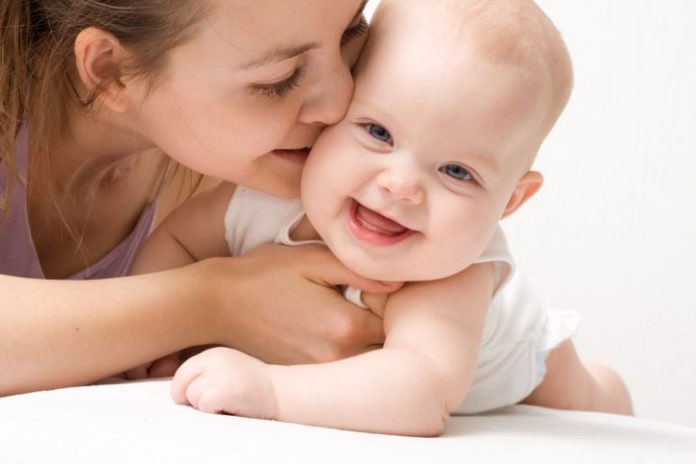A new maternity indicators report released by the Australian Institute of Health and Welfare (AIHW) shows mixed trends overall and differing results between population groups.
The report, National Core Maternity Indicators, includes data for 2004 through to 2009 across 10 clinical indicators, including rates of caesarean section, induction of labour and small babies born at or after term. Detailed trends by state and territory, health service and sociodemographic characteristics are presented.
The report will act as a baseline for measuring the effects of changes in the quality of maternity services across Australia following the introduction of the 2010-2015 National Maternity Services Plan in 2010.
‘Some good news is that we have seen a higher proportion of women (80%) attending antenatal care during the first trimester, and a drop in the proportion of babies born weighing less than 2,750 grams at or after 40 weeks,’ said Professor Elizabeth Sullivan from the AIHW’s National Perinatal Epidemiology and Statistics Unit.
‘The proportion of babies born weighing less than 2,750 grams at or after 40 weeks fell from 2.1% to 1.8% between 2004 and 2009 and was recorded in most settings.
‘This is important, as it indicates that very few exceptionally small babies are being missed during antenatal screening for poor fetal growth.’
Falls were also recorded in rates of episiotomy (a surgical cut into the woman’s perineum) among women having their first baby and giving birth vaginally.
Between 2004 and 2009, rates of episiotomy dropped from 16.2% to 15.1% for women giving birth without instruments.
‘Rates of smoking in pregnancy in Australia also dropped-from 16.7% to 14.5% between 2004 and 2009,’ Professor Sullivan said.
‘Although smoking rates dropped overall, significant differences among sociodemographic groups continue, with 36% of women living in Very remote areas reporting smoking in pregnancy compared with 13% in Major cities.’
Among Indigenous women, about 51% reported smoking during pregnancy in 2004-2009.
‘While we have seen positive improvements in a number of indicators, there are some areas for possible further attention,’ Professor Sullivan said.
‘For example induction, caesarean section and instrumental vaginal birth rates increased over the period among most groups of women, while normal vaginal birth rates decreased proportionately.’
‘The proportion of babies with a low Apgar score has increased. Apgar scores are a measure of a baby’s adaptation to the environment immediately after birth. The proportion of births with scores of less than 7 at 5 minutes rose from 0.9% to 1.1% between 2004 and 2009.’
The AIHW is a major national agency set up by the Australian Government to provide reliable, regular and relevant information and statistics on Australia’s health and welfare.











